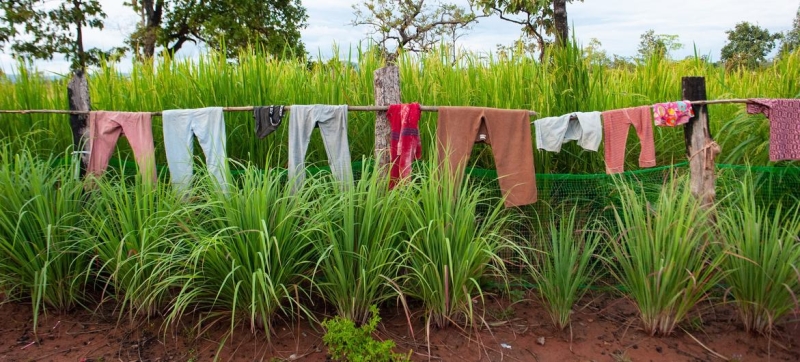
Middle-income countries remain the hidden epicenter of multidimensional poverty. Double whammy: Nearly 900 million people suffer from extreme poverty and climate threats Economic development
Almost 80 percent of people living in extreme poverty—887 million of the world’s 1.1 billion people—are exposed to extreme climate events such as heat, floods, droughts or air pollution. This is evidenced by data from the updated global Multidimensional Poverty Index (MPI).
A report, published by the United Nations Development Program (UNDP) and the Poverty and Human Development Initiative at the University of Oxford ahead of the Climate Conference (COP 30) in Brazil shows that The climate crisis is fundamentally changing the way we think about poverty.
At the same time, according to the report, 651 million people in extreme poverty face two or more climate risks at once, and 309 million face three or four simultaneously.
“Poverty is no longer an isolated socio-economic problem. On the contrary, it is intensified and intertwined with the growing impacts of the climate crisis,” Acting UNDP Administrator Haoliang Xu told UN News Service.
The greatest risks are in South Asia and Africa south of Sahara
South Asia and sub-Saharan Africa account for the largest number of the world’s poorest people living in climate-prone areas.
In South Asia, the situation is particularly alarming: 99 percent of the region’s poor—about 380 million people—are at risk of at least one climate shock, and 91.6 percent are at risk of more than one. Despite significant progress in reducing poverty, the region needs to accelerate its efforts to adapt to climate change, UNDP emphasizes.
“Middle-income countries remain the hidden epicenter of multidimensional poverty: almost two-thirds of all poor people live here. It is in these countries that poverty and the climate crisis are most closely intertwined,” said Sabine Alkire, director of the Oxford Poverty and Human Development Initiative.
A new dimension of inequality
The study found that Countries with the highest levels of poverty are already experiencing the greatest climate impacts today and will face even greater increases in temperatures by the end of the century.
“These findings underscore the need for urgent global action to address inequalities in the impact of climate risks on the poorest people,” – said UNDP Human Development Report Director Pedro Conceicao. and financing.
